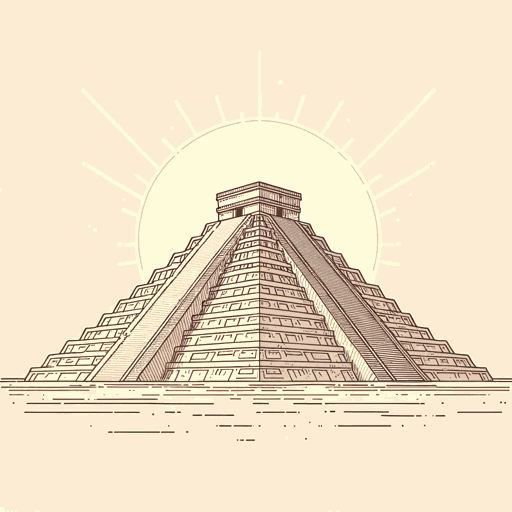48 pages • 1 hour read
Miguel León-PortillaThe Broken Spears: The Aztec Account of the Conquest of Mexico
Nonfiction | Book | Adult | Published in 1959A modern alternative to SparkNotes and CliffsNotes, SuperSummary offers high-quality Study Guides with detailed chapter summaries and analysis of major themes, characters, and more.
Important Quotes
“For some reason—scorn, perhaps—historians have failed to consider that the conquered might have set down their own version [of history] in their own language.”
(Introduction, Page xxv)
In a rare moment of authorial intervention teetering on bias, Miguel León-Portilla suggests a possible reason academics have historically favored the accounts of colonial victors: scorn for the downtrodden peoples of history.
“This confrontation, vividly described both by the conquistadors and the natives, was something more than the meeting between two expanding nations; it was a meeting of two radically dissimilar cultures, two radically different modes of interpreting existence.”
(Introduction, Page xxxiii)
While the Aztecs believed their visitors to be the god Quetzalcoatl returning from his long voyage across the sea, the Spanish thought only of subjugating the Aztecs, converting them to Christianity, and stealing their riches.
“This treasure was a god’s finery: a serpent mask inlaid with turquoise, a decoration for the breast made with quetzal feathers, a collar woven in the petatillo style with a gold disk in the center, and a shield decorated with gold and mother-of-pearl and bordered with quetzal feathers with a pendant of the same feathers.”
(Chapter 3, Page 23)
The level of careful detail the Nahua author provides here and in other passages describing religious artifacts underlines the highly specialized and advanced state of Aztec religious belief in the 16th century. While the Spaniards were interested only in Aztecs gold, each element of these divine treasures held special significance in Aztec culture.
Featured Collections
Anthropology
View Collection
Challenging Authority
View Collection
Chicanx Literature
View Collection
Colonialism & Postcolonialism
View Collection
Colonialism Unit
View Collection
Memorial Day Reads
View Collection
Military Reads
View Collection
Power
View Collection
Required Reading Lists
View Collection
War
View Collection

